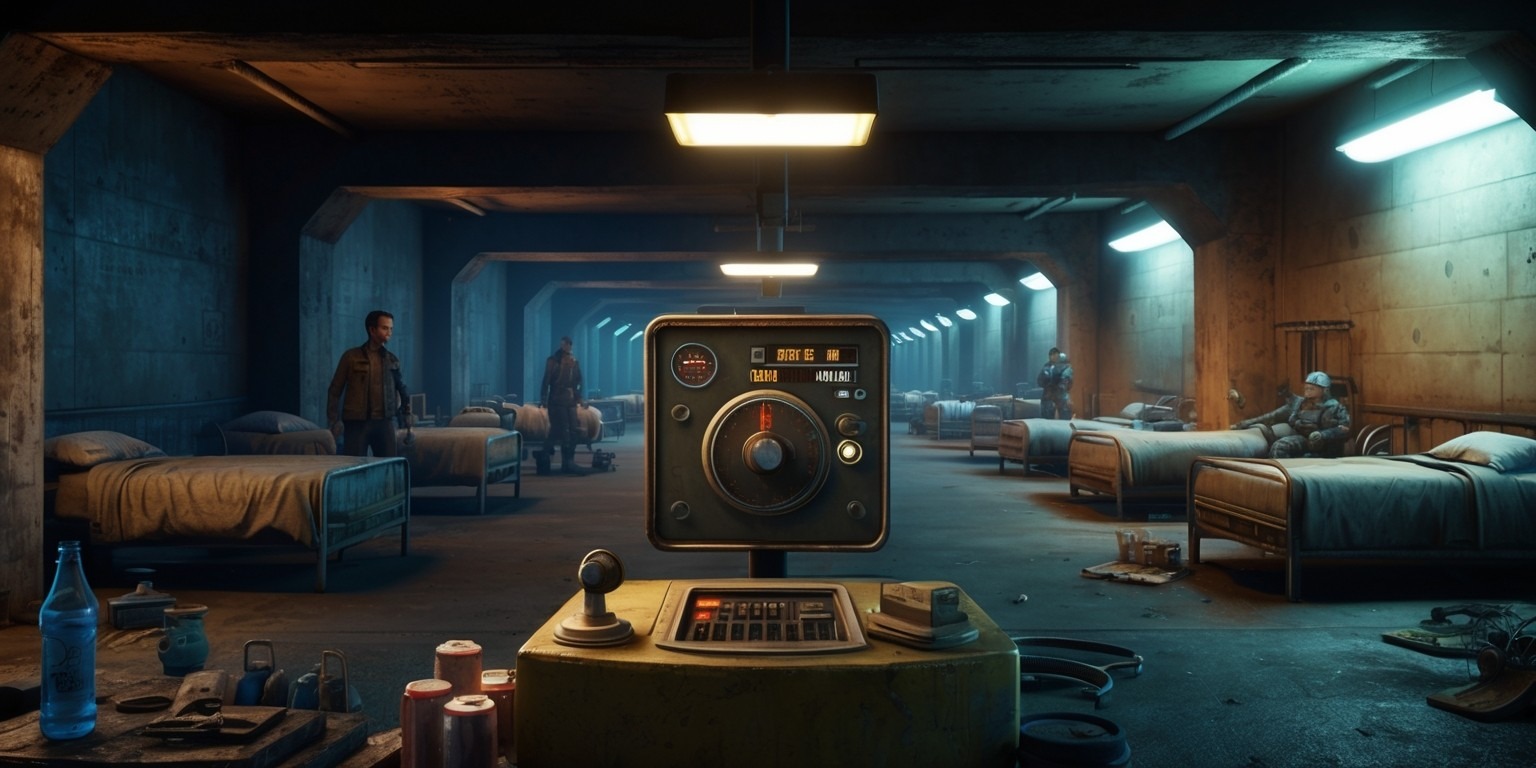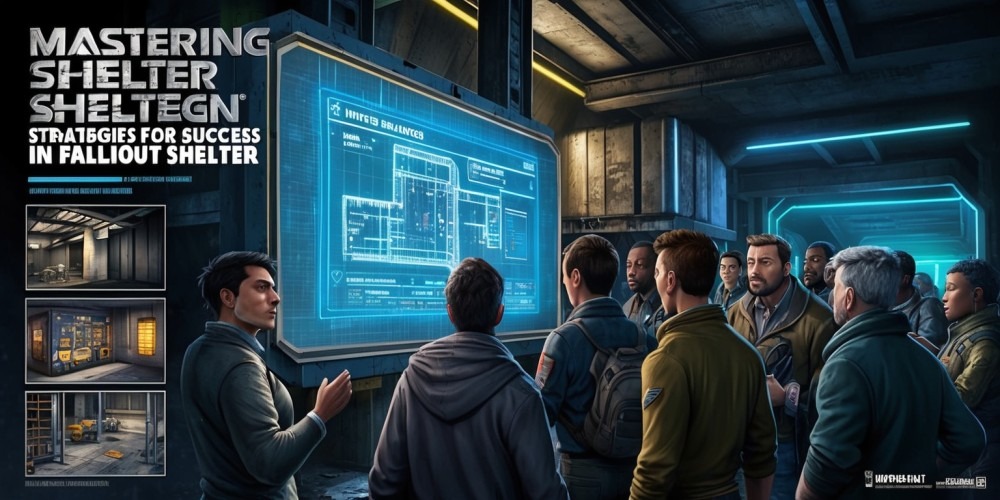
Building a successful Vault in Fallout Shelter requires careful planning, strategic room placement, and efficient resource management. Whether you’re a beginner or a seasoned player, optimizing your shelter layout can make a significant difference in dwellers’ survival and happiness.
In this comprehensive guide, we’ll cover essential tips and strategies to help you create a well-organized and resource-efficient Vault, ensuring your dwellers thrive in the post-apocalyptic world.
1. Understanding Vault Rooms & Their Functions
Every room in Fallout Shelter serves a specific purpose, and knowing their roles can help you optimize your base structure effectively. The most important rooms to prioritize include:
✅ Power Station – Generates electricity for your Vault.
✅ Water Treatment – Ensures a steady water supply.
✅ Diner – Produces food to sustain dwellers.
✅ Medbay & Science Lab – Provides Stimpaks and RadAway for health management.
✅ Storage Room – Safeguards resources and excess equipment.
2. Best Room Layout Strategies
Minimizing Learning Rooms
While training rooms boost dweller stats, they require significant resources. In the early game, avoid overbuilding these rooms and focus on resource production instead.
Strategic Layering for Maximum Efficiency
📌 Top Layer – Avoid placing critical resource rooms here. Instead, use this space for defensive rooms or lightweight utility spaces.
📌 Mid Layer – This is the core of your operations. Place your resource rooms (Power, Water, Diner) here for quick access and security.
📌 Bottom Layer – Store non-essential rooms such as Storage, Learning Rooms, and Medical Facilities. This helps protect key resources from raider attacks and disasters.
Separate Active and Passive Rooms
✔ Active Rooms (Power, Water, Food) should be easily accessible.
✔ Passive Rooms (Residences, Storage, Training Rooms) can be placed further away.
By keeping a clear distinction between active and passive rooms, you’ll be able to manage emergencies more efficiently.

3. Essential Layout for Beginners
If you’re new to Fallout Shelter, start with a basic room structure to ensure steady resource generation and protection:
🔹 First Row: Power Station, Water Treatment, Diner (core resource production).
🔹 Second Row: Residences (keeps dwellers safe from attacks).
🔹 Third Row: Storage Room (minimizes resource loss during crises).
🔹 Fourth Row: Medbay & Science Lab (provides medical supplies).
This layout ensures efficient management while keeping critical resources protected.
4. Advanced Layout for Experienced Players
As your Vault grows, shift to a more complex structure for better optimization:
🚀 Top Layer – Nuka-Cola Bottler, Medbay, and Radio Station (efficient yet expendable rooms).
🚀 Mid Layer – Resource Rooms (power, water, food) + Barber Shop & Training Rooms.
🚀 Bottom Layer – Storage & Medical Facilities (less critical, but essential for long-term survival).
This tiered layout provides:
✅ Improved defense against invaders.
✅ Optimal resource generation.
✅ A safer environment for your dwellers.
5. Keeping Your Dwellers Happy
Maintaining dweller happiness is crucial for high productivity and survival. Ensure:
💡 Sufficient resources (food, water, power).
💡 Safe and comfortable living conditions.
💡 Strategic training to enhance worker efficiency.
💡 Regular rewards & Vault expansion.
By balancing resource management, room placement, and dweller well-being, you’ll maximize efficiency and long-term survival.
Conclusion: Build the Ultimate Vault for Survival
Mastering Fallout Shelter’s shelter-building mechanics requires a blend of planning, strategy, and adaptability. Whether you’re starting fresh or optimizing an existing Vault, these tips will help you create a well-structured, resource-efficient base.
By implementing the best room layouts, strategic tier placement, and efficient resource management, you’ll ensure your dwellers thrive in the post-apocalyptic world.
➡ What are your go-to strategies for building an effective Vault? Share your thoughts below!
